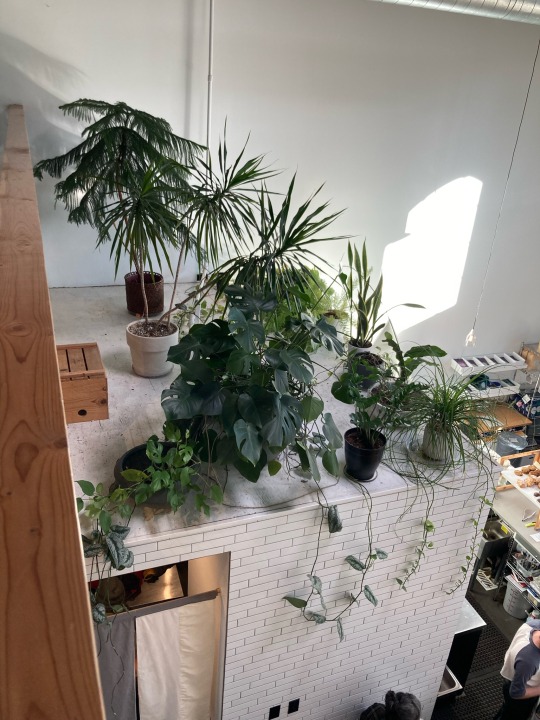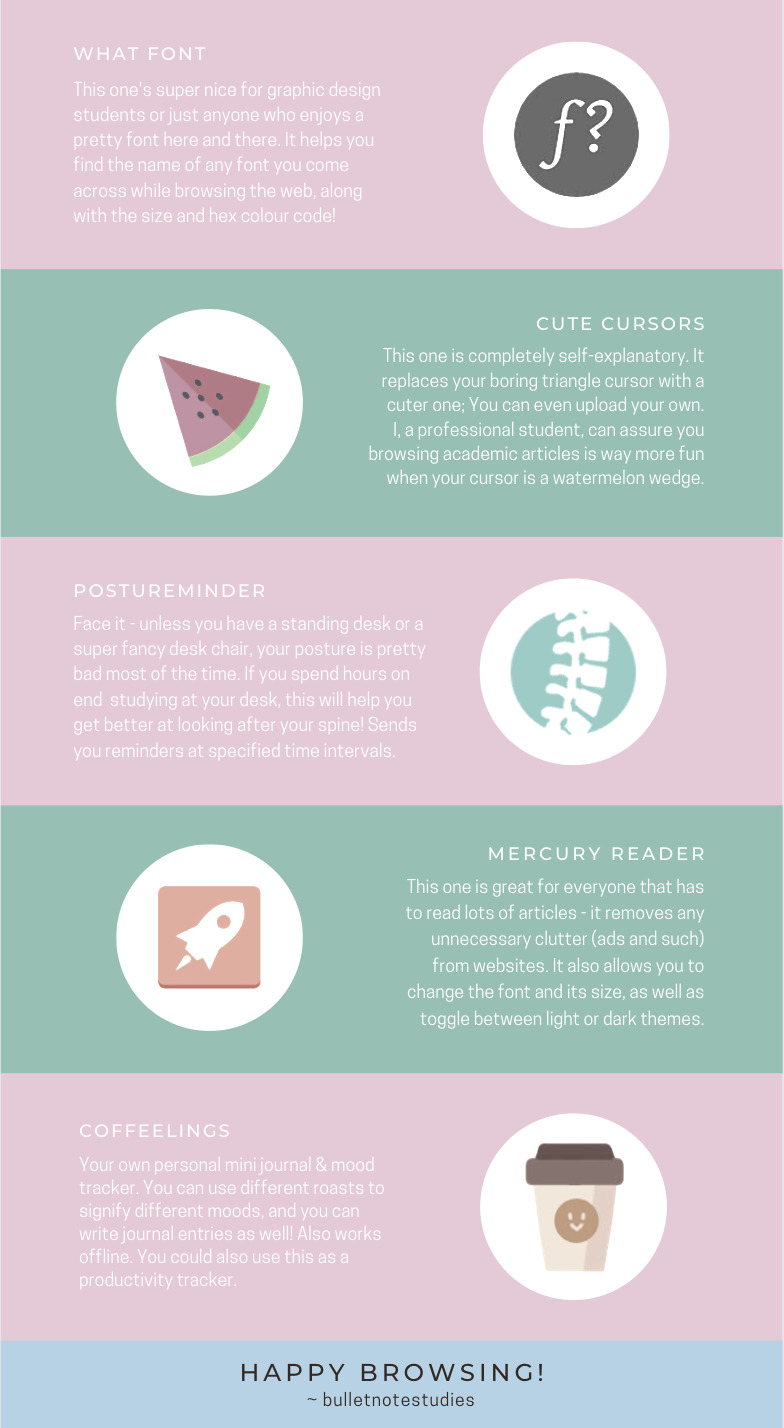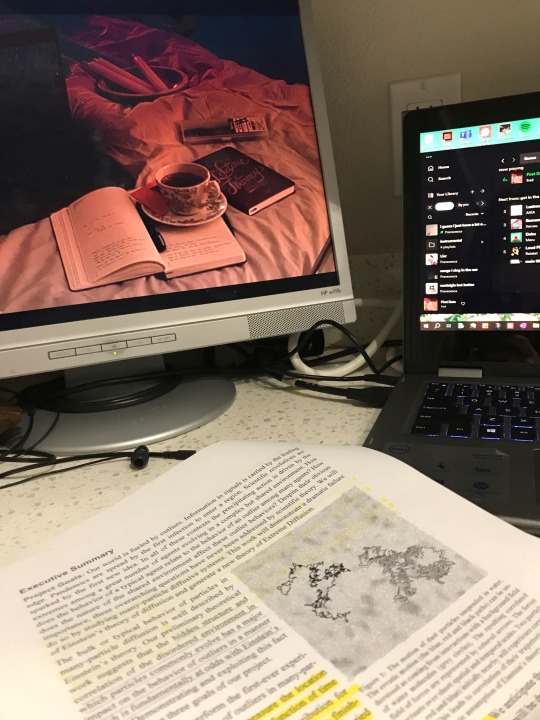studiousslytherin
6K posts
paula | 24 | slytherin | comparative literature and japanology student | germany
Don't wanna be here? Send us removal request.
Text
Tricky Japanese Verb Conjugations
I did a post on the dictionary form of Japanese verbs, and discussed how to tell the difference between Class 1 and Class 2 verbs.
The ending of Class 1 verbs is variable (but all end in the う-column of hiragana) while Class 2 verbs all end in る. Class 2 verbs all have roots (that’s the part before the る that end in a syllable from the い- or え-column of hiragana.
However, there are some tricky verbs that look like Class 2 verbs and satisfy the (not foolproof) Class 2 verb criteria, but are actually Class 1 verbs and thus follow the Class 1 rules for conjugation. Let’s take a look.
Dictionary Form
切る きる to cut
知る しる to know
帰る かえる to go back
走る はしる to run
入る はいる to enter
要る いる to need
減る へる to decrease
喋る しゃべる to chat
Class 1 Correct Conjugation (and the Wrong Class 2 Conjugation)
切る ➡ 切らない 〇 きない ✖
知る ➡ 知らない 〇 しない ✖
帰る ➡ 帰らない 〇 かえない ✖
走る ➡ 走らない 〇 はしない ✖
入る ➡ 入らない 〇 はいない ✖
要る ➡ 要らない 〇 いない ✖
減る ➡ 減らない 〇 へない ✖
喋る ➡ 喋らない 〇 しゃべない ✖
So beware of these types of verbs! There are other exceptions, and outside of having someone else correct you or learning the conjugation through repetition, they can be difficult to catch for beginners. Usually, Class 2 verb root endings of い or え are written separately from the kanji, whereas Class 1 verb endings are encompassed by the kanji. Check out Class 1 帰る (かえる) vs. Class 2 変える (かえる) for example.
If you are working on the fly, a smart phone or PC dictionary is your best bet. Sites like jisho.org will give you the class of verb (Godan or Ichidan). If you are in the middle of typing an email, for example, and aren’t interested in bringing up the dictionary separately, you could try typing in the verb conjugated as Class 2 on your smart phone or PC (with the Japanese keyboard activated) and see if the kanji pops up. If it does, then you have a Class 2 verb. If you don’t get the kanji popping up (e.g. しない doesn’t give you an option for the kanji for 知る), you may have a Class 1 verb in disguise.
As you learn new verbs and continue to conjugate them, you will get better at recognizing when a conjugation sounds right and you won’t have to search for each and every verb. As with much of language learning, if you put in the work in the beginning you will become more familiar with the conjugations and it won’t seem quite as tricky!
120 notes
·
View notes
Text



Things are getting a little overwhelming but we’ll power through 👍🏼
423 notes
·
View notes
Text


07.01.23
the first nice weather day we’ve had in weeks and the air quality is shit and i’m working inside all day :///// anyways, here’s my bench all cleaned up for the summer and my cute little outfit w my cute little boys indoor soccer shoes
🎧 : underground - haru nemuri
383 notes
·
View notes
Text


rare occasions when my roommates are out and I get the whole house to myself
2K notes
·
View notes
Text




29 • 04 • 2023
Exams week start on Monday and my brain has already melted.
53 notes
·
View notes
Text
i wanna know what everyone’s majors are mutuals i want to know i love you and i’m interested
52K notes
·
View notes
Text

I’ve never been so offended in my life
(Found on @ foreignlanguagecollective on IG)
8K notes
·
View notes
Text


I've been studying non stop this past few days because exam season is coming for me and I'm not ready (like at all).
3K notes
·
View notes
Text
This was posted in the Learn Japanese subreddit by user KnowYourJapan. I love love love how the grammar points are categorized by their semantic meanings which makes them a lot easier for me to learn.
754 notes
·
View notes
Photo


*click for better quality* (transcript under the cut)
My other masterposts: • extensions pt.1 • study sounds • dealing with failure • how to gain traction • how to study when you’re struggling
Weiterlesen
11K notes
·
View notes
Text
Godan Verb or Ichidan Verb?
Hey everyone, I have a quick post that I wanted to make because of something that occurred to me the other day.
【3 Groups】
So first, some basic review. Japanese verbs all end in one of the following nine Hiragana characters: う、く、す、つ、ぬ、む、る、ぐ or ぶ. When it comes to attaching endings, there are 3 ways to group verbs:
1) ごだん(五段)Verbs
2) いちだん(一段)Verbs
3) Irregular Verbs (there are only two of them: する and くる)

As you can see in the chart above, it’s pretty easy to tell if a verb belongs to the 五段 group or not. The problem is when the verb ends in -る. How do you know if it belongs to the 五段 group or the 一段 group. Well, in this post I have a tip that might help!
【The Verb Stem】
Before we get to the trick, let’s review the verb stem. This is the part of the verb that never changes. It carries the meaning of the verb. Here are 8 verbs that end in -る with their stems highlighted:

降りる = to get off / to exit a vehicle
折る = to break (something)
回る = to go around
足りる = to be lacking (something)
上がる = to go up / to rise (by itself)
借りる = to borrow something
懲りる = to learn by experience / to learn a lesson
終わる = to finish / to end (by itself)
———————————————–
When you attach endings to verbs (in order to show things like past tense, volition, commands, etc.) you change the hiragana that comes after the stem; the stem itself will always be the same. This is where my trick comes in…
【The ます Ending】
Basically the trick is, listen for / look at the ます form of the verb. There are only 4 commonly-used 一段 verbs where the polite form ends in ーります!From the 8 verbs I listed above, can you figure out which 4 are 一段 verbs?
The answers are:
降りる、足りる、借りる and 懲りる.
Do you notice something about those 4 verbs?
The key is that the り is part of their stems. For all other verbs, if the polite form ends in ーります、that り is a connector that is only needed by 五段 verbs (ending in る) !
降ります comes from【降り】る, which is 一段.
足ります comes from【足り】る, which is 一段.
借ります comes from【借り】る, which is 一段.
懲ります comes from【懲り】る, which is 一段.
BUT
折ります comes from【折】る, which is 五段.
【Conclusion】
So there you have it. Keep in mind that this trick is intended for when you are having Japanese conversation. It’s very easy to go from positive polite form to negative polite form and vice versa (降ります ⬅️➡️降りません) . The difficult part is when you might have to switch between polite and normal form. (Does 降ります change to 降りた or 降りった??)
If you are studying by yourself, any good dictionary will tell you whether any given verb is 一段 or 五段. I hope this trick helps you as you study and pick up more and more Japanese verbs. Let me know if this was helpful in the comments or by giving it a like and /or a reblog. Stay safe and see you next post!
Rice & Peace,
– AL (アル)
👋🏾
293 notes
·
View notes













